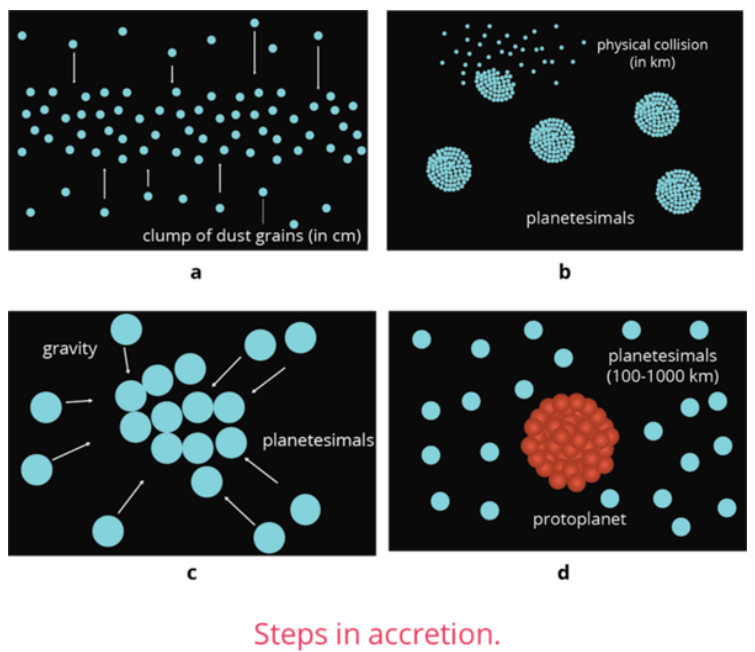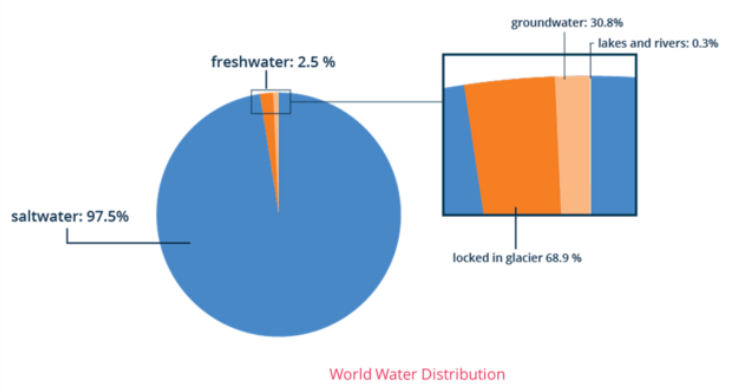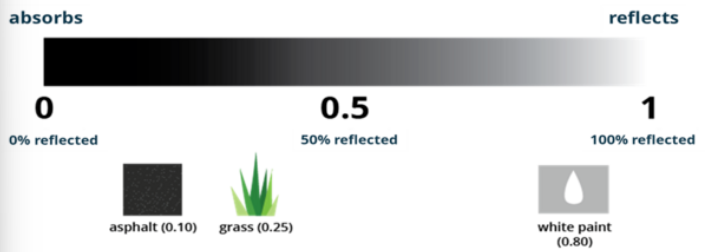EARTH SCIENCE
1/29
Earn XP
Description and Tags
Why Life on Earth is Possible
Name | Mastery | Learn | Test | Matching | Spaced |
|---|
No study sessions yet.
30 Terms
It happens when gravity attracts tiny bits of matter towards an object. This results in a gradual increase of the object’s size.
Accretion

It states that the formation of Earth began after the condensation of fine particles of the primitive nebula about 4.6 billion years ago.
Homogeneous Accretion Hypothesis

It states that the formation of Earth began after the condensation of fine particles of the primitive nebula about 4.6 billion years ago.
Heterogeneous Accretion Hypothesis

Earth is also known as the blue planet because two-thirds of it is covered by __________. Life in not possible on Earth without it.
Water
Refers to the water environment on Earth. All water in our Planet is comprised of this.
Hydrosphere

Composed of certain amount of salt. It comprises the oceans and seas.
Salt Water
Still has small amount of salts but in very low concentrations.
Fresh Water
A property of water that enables existence of life where ice floats on the surface of liquid water because ice has a lower density
Density
A property of water that enables existence of life where the consistency of water in maintaining liquid form at room temperatures is important as it allows flow and transfer of substances from the cell to its environment and vice versa.
Transition Temperatures
A property of water that enables existence of life where water doesn’t have a high heat capacity, our temperature can get too high quickly which can be highly detrimental to most organisms.
Heat Capacity
Hypothesis— the origin of water on Earth suggests that water came from _________ that collided with Earth.
comets
Hypothesis— water was already present within Earth since the formation as ________ trapped in magma, and manifested as liquid water during degassing after the crust had formed.
volatiles
70% of global freshwater use.
agriculture purposes
10% of freshwater used.
domestic purposes
20% of freshwater use
industrial purposes
The ability of a material to reflect light. It can be measured on a scale 0 to 1, values closer to 0 means that a material absorbs all the light while a value of 1 means that a material reflects all light.
Albedo

Primary source of energy on Earth. Without this, plants cannot perform photosynthesis.
Sun
It warms the Earth with heat that regulates its temperature. It is converted to electrical energy.
Solar Energy
The Earth’s albedo is ___.
3.0